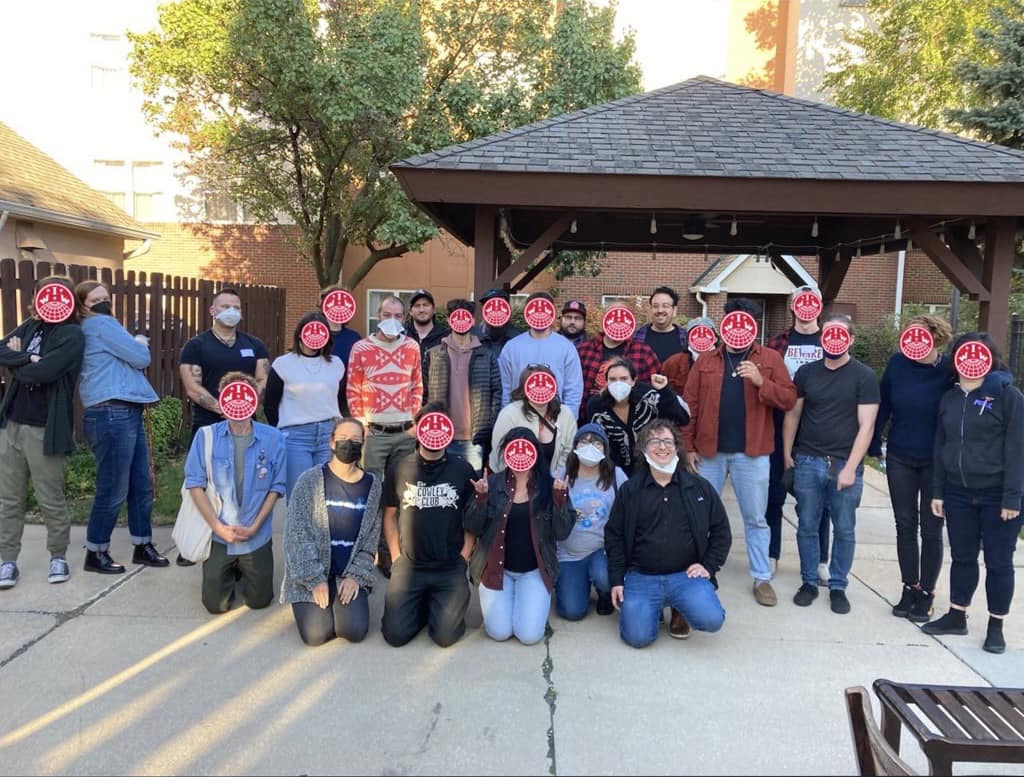
When You Can’t Organize Widely, Organize Fast!
When you can’t organize widely, organize fast.
Recently we had a difficult lead in our branch. A fellow worker was at a small retail store, part of a large national chain. The store itself only had a few workers, typically between 3-5 on staff at any time, so they were trying to reach out broadly and get to know the other workers at nearby stores in the chain. But the turnover was constant, workers were moving between stores too often, anyone who had been there more than a few weeks was given manager titles (but not really any power or support). This was a difficult campaign.
One day while going through some old email lists from past organizers, I saw some advice I thought might help. “With high turnover and a lot of instability, it’s better to go fast than to go wide.” This sounded like good advice, so I texted the lead. “OK,” was the response. A few hours later, a second response: “OK, I took your advice and me and two other workers talked and we got the boss to rehire somebody. Fast enough?”
That was pretty fast. What happened was another worker had to quit because the job was just too stressful, the role they were in had certain metrics and reporting requirements that were triggering their anxiety. The shop needed the extra help, and that worker needed the hours, so the lead and their committee pressured the boss to not only rehire the worker, but to change the role so that it didn’t involve any of the reporting that was an anxiety trigger. Instead of trying to keep up with a broad, wide set of contacts and map out relations across several stores in the district, they went for fast, significant agitation and direct action. Not bad for a few hours’ work.
So what about the campaign itself? It was never going to be a long term job for the lead, or for any of their coworkers, but in just a few months the agitation kept up and the workers put together a number of direct actions. Issues like scheduling, hours, and the normal things retail workers have to struggle with were ample sources for agitation. Like too many low level district managers, theirs was often of the mindset, “If you have time to lean, you have time to clean,” and so there were no chairs in the store. No one could sit and rest, ever. In a very defiant moment of workplace conditioning, they brought out chairs and stepladders and all took their breaks, when needed, on the shop floor in clear sight of the store’s cameras.
But what did this short, fast campaign really accomplish? For one thing, it made these individual workers really feel their own power and reclaim some of their dignity. In this kind of everyday struggle with capitalists the lead and the workers get a taste of what it means to agitate and act as a class. The lead worker told us afterwards that “[i]n a good organizing drive people learn to lift their heads up. They start to feel their worth and stop begging, start demanding.”
I don’t think the struggle to sit down for breaks at Store #1312 of Generic Retail Chain will become the stuff of legends in Wobbly lore, but for these workers it was a real experience of the power a little organizing can bring, and an appetizer for what it tastes like when “we are forming the structure of the new society in the shell of the old.”


